 Bethel House
Bethel House
Entry Category: Cities and Towns - Starting with B
 Bethel House
Bethel House
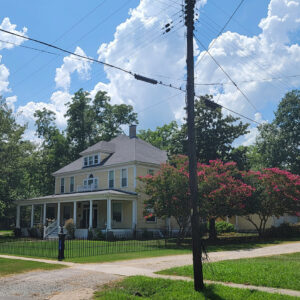 Bedford Brown Bethell House
Bedford Brown Bethell House
Bethesda (Independence County)
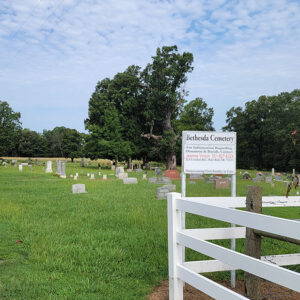 Bethesda Cemetery
Bethesda Cemetery
 Bethesda Church
Bethesda Church
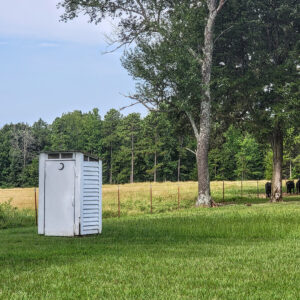 Bethesda Outhouse
Bethesda Outhouse
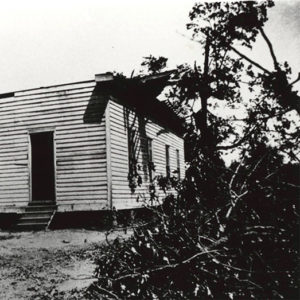 Bethesda Tornado
Bethesda Tornado
 Bevill Hotel
Bevill Hotel
Big Flat (Baxter and Searcy Counties)
Big Fork (Polk County)
aka: Bigfork
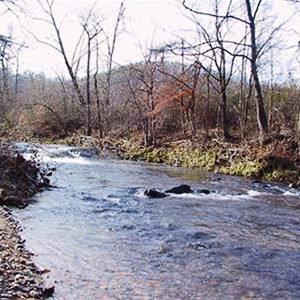 Big Fork Creek
Big Fork Creek
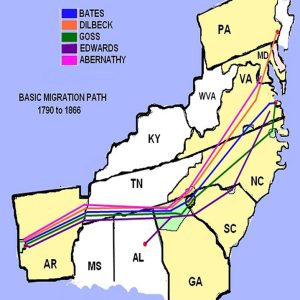 Big Fork Families
Big Fork Families
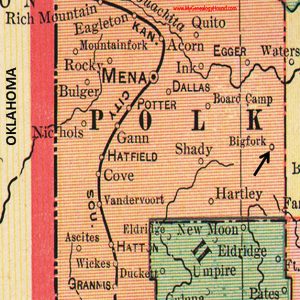 Big Fork Map
Big Fork Map
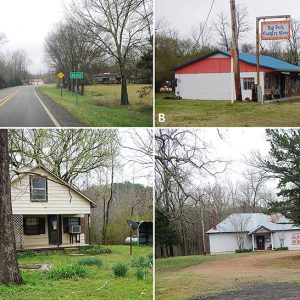 Big Fork Scenes
Big Fork Scenes
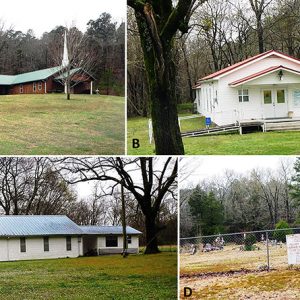 Big Fork Scenes
Big Fork Scenes
 Big Fork Scenes
Big Fork Scenes
Big Springs (Stone County)
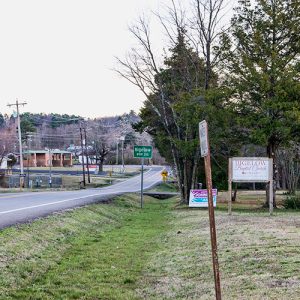 Bigelow
Bigelow
Bigelow (Perry County)
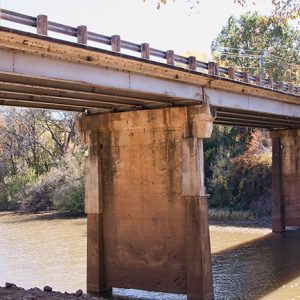 Bigelow Access
Bigelow Access
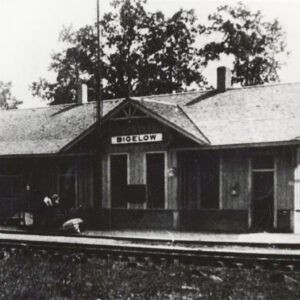 Bigelow Depot
Bigelow Depot
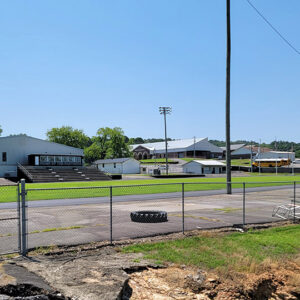 Bigelow High School
Bigelow High School
 Bigelow High School Scoreboard
Bigelow High School Scoreboard
Biggers (Randolph County)
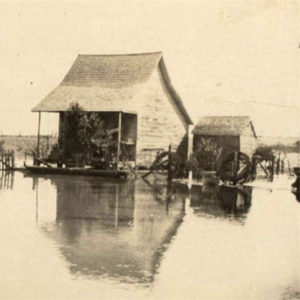 Biggers Flood
Biggers Flood
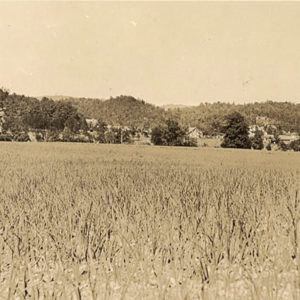 Biggs Onion Farm
Biggs Onion Farm
 Entering Billstown
Entering Billstown
Billstown (Pike County)
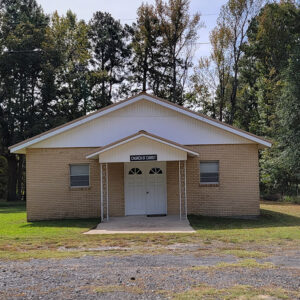 Billstown Church
Billstown Church
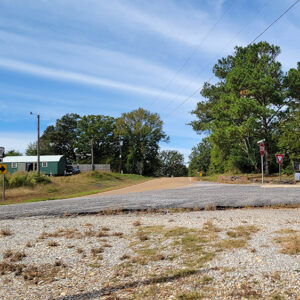 Billstown Street Scene
Billstown Street Scene
 Billstown Street Scene
Billstown Street Scene
Bingen (Hempstead County)
 Biplane Over Leslie
Biplane Over Leslie
Birdsong (Mississippi County)
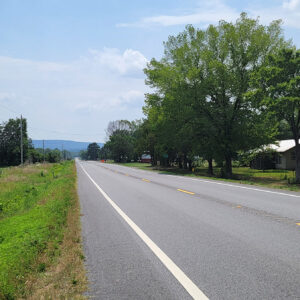 Birta Street Scene
Birta Street Scene
Biscoe (Prairie County)
aka: Fredonia (Prairie County)
Bismarck (Hot Spring County)
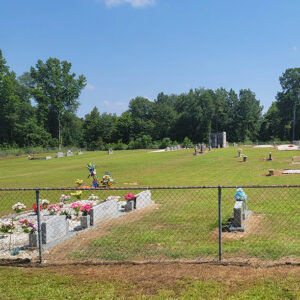 Bismarck Cemetery
Bismarck Cemetery
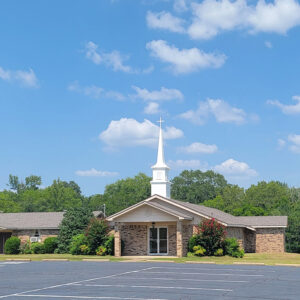 Bismarck Church
Bismarck Church
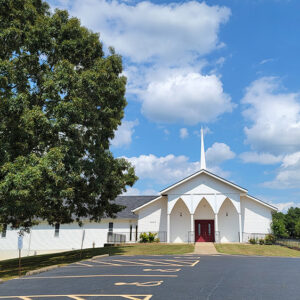 Bismarck Church
Bismarck Church
 Bismarck Fire Department
Bismarck Fire Department
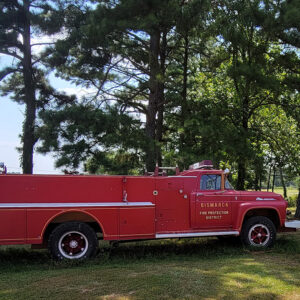 Bismarck Fire Engine
Bismarck Fire Engine
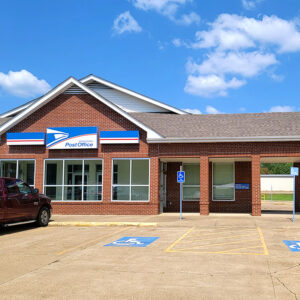 Bismarck Post Office
Bismarck Post Office
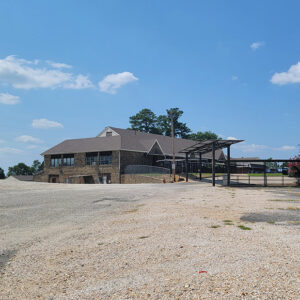 Bismarck School
Bismarck School
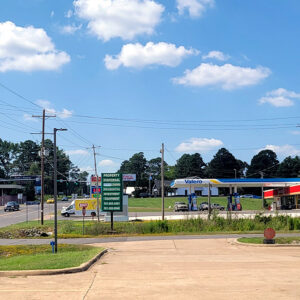 Bismarck Street Scene
Bismarck Street Scene
 Black Diamond Drug Store
Black Diamond Drug Store
Black Fork (Scott County)
Black Oak (Craighead County)
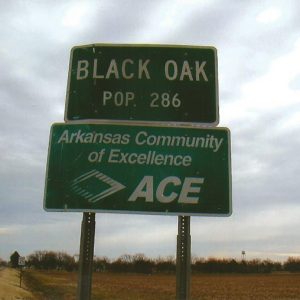 Black Oak Sign
Black Oak Sign




